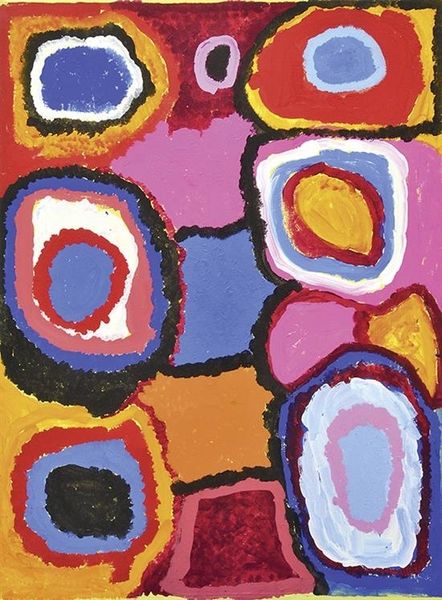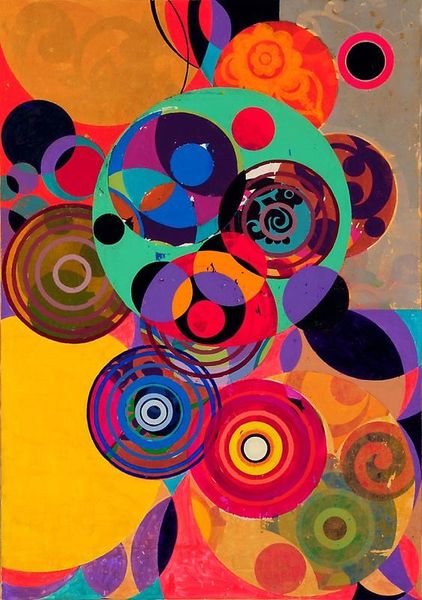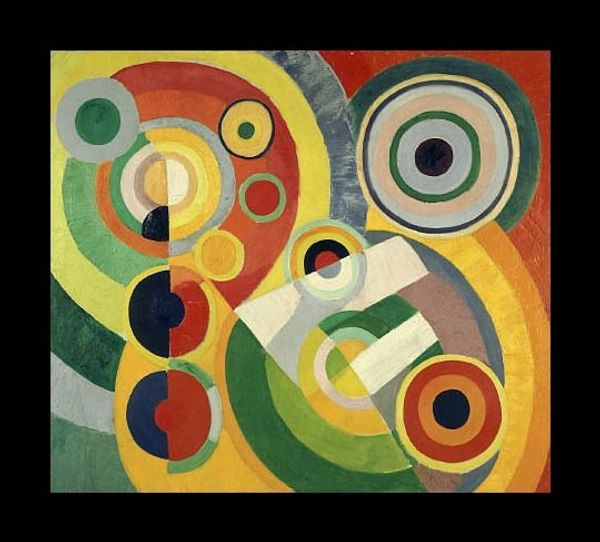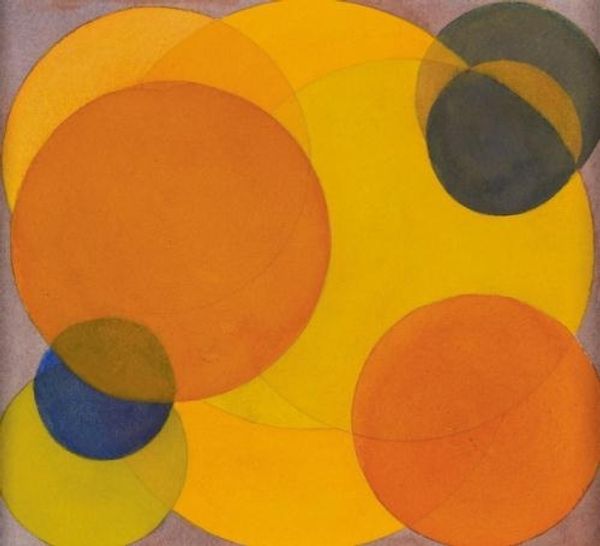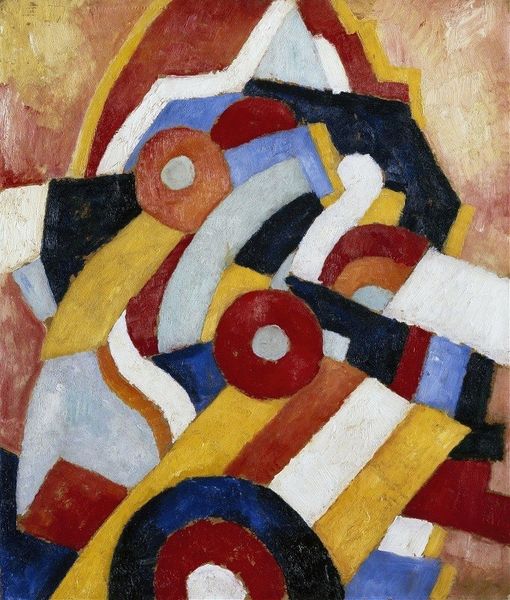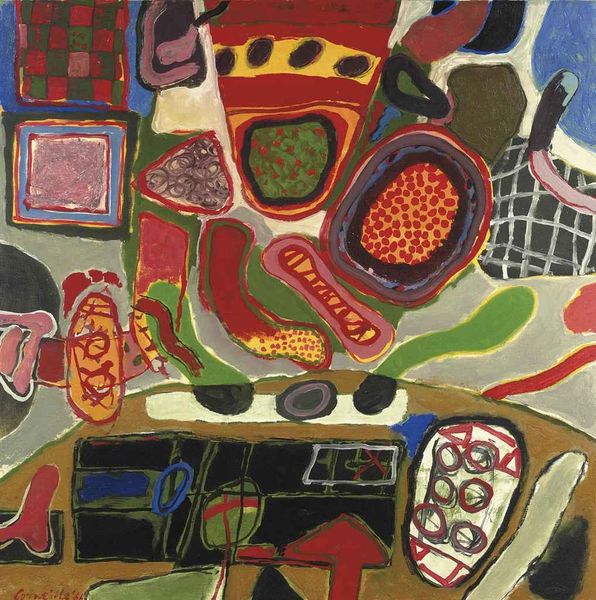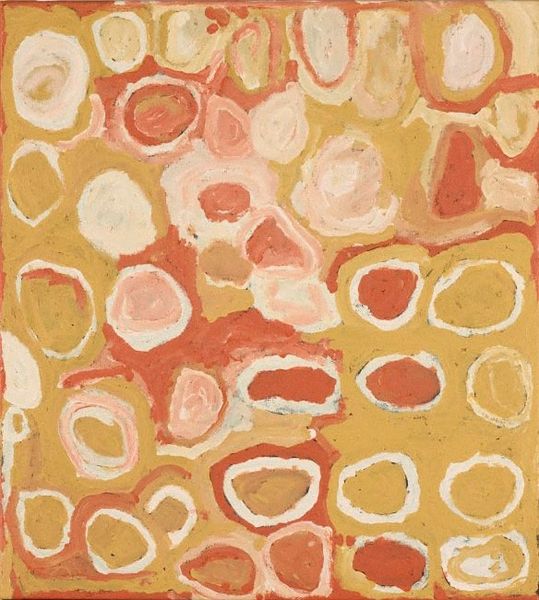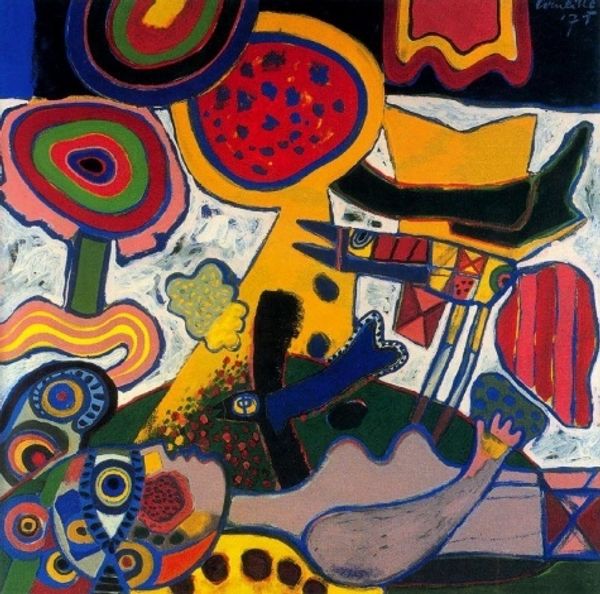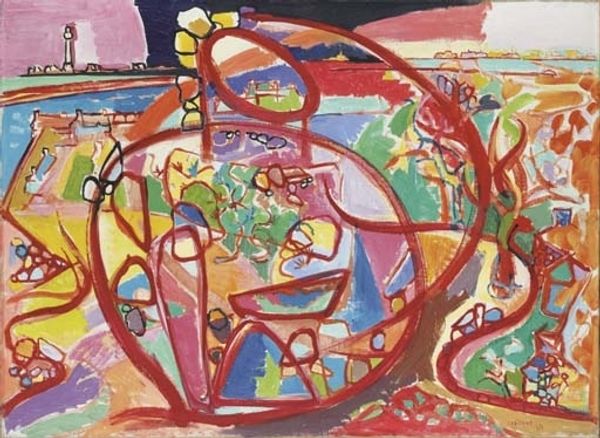
painting, oil-paint
#
art-nouveau
#
painting
#
oil-paint
#
abstract
#
abstract pattern
#
symbolism
Copyright: Public Domain: Artvee
Editor: This is Hilma af Klint's "Group IV, No. 3. The Ten Largest, Youth," created in 1907, using oil paint. The spirals and circles give it such a dynamic energy! How do you interpret this work? Art Historian: Given the socio-political landscape of the early 20th century, and Klint's status as a woman artist at the time, I think the abstraction here is a fascinating act of rebellion. Before Malevich or Kandinsky! Why do you think she may have chosen abstraction instead of representational forms? Editor: Maybe she felt limited by traditional forms and wanted to express something beyond what could be seen. Art Historian: Precisely! Consider also the institutional resistance she might have faced, displaying mystical or spiritual concepts. How do you think a painting like this challenged the art establishment of her time? Editor: It probably felt very radical, especially because it wasn't portraying historical scenes or portraits. It makes me wonder, was her work publicly displayed during her lifetime? Art Historian: Intriguingly, Klint stipulated that her abstract paintings shouldn't be shown until 20 years after her death! This indicates a distrust of the contemporary art world’s reception. Today, what impact do you think displaying artwork such as this might have in our contemporary cultural landscape? Editor: That's a lot to take in, I can imagine what shock it would cause if unveiled at the time it was made. Understanding how society shaped the perception and purpose of art certainly adds an exciting layer. Thank you! Art Historian: Indeed! I now think that such abstract explorations by early women painters opened possibilities in art-making, while still today sparking discussion about art's evolution in the public sphere.
Comments
No comments
Be the first to comment and join the conversation on the ultimate creative platform.
